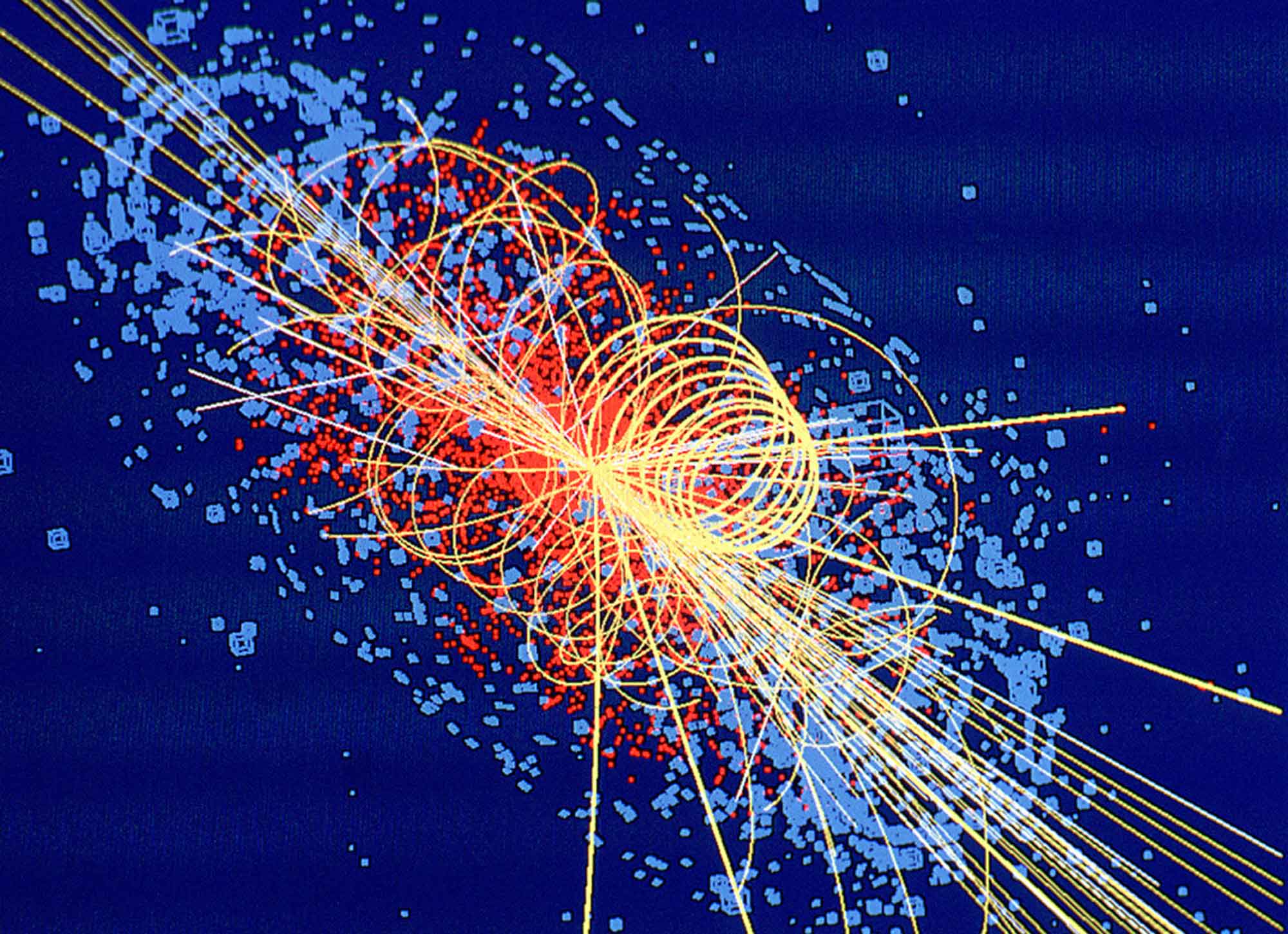MattIs
Guest

Welcome to my Particle Physics Masterclass for AS Physics or even if this kind of stuff interests you.
We start off with the Proton and the Neutron. We all know them. Fundamental Particles to our existence on the universe. But lets look closer. What's in them? What drives them to behave like they do?
Quarks.
Inside Them?
Planck Matter
Inside Them?
Strings.
Strings? Everything you look at is Planck Strings of Energy, composted together to make matter. That's right - Weird huh?
So let's go back to the basics. What are quarks and what do we need to know about them for our A-Level Course?
There are almost 20 different quarks but we only need to know about 3 of them.
Up
Down and
Strange.
The reason they're called what they are is because of their IdoSpin. A composite mix of symmetry (too complicated too explain for this thread but feel free to message me for more information on particle symmetry). One spins upwards and has a charge of +2/3 - The other spins down and has a charge of -1/3. Strange is strange indeed - We don't know why it behaves and has the same charge as the down quark. When we found out about them, we were baffled.
Classification of Particles
Particles are divided into subsections. The two main ones being Hadrons and Leptons. Leptons do weird things, they have massive charges (on the scale of the Hadrons) and are not matter. Electrons are not matter. They're a cloud of charge that surround a nucleus of an atom.
Hadrons are further sub divided into 2 sections. Measons and Baryons. Baryons consist of 3 Quarks inside of them. For a proton this is Up Up Down, Neutron is Down Down Up. These give them their charges. Measons do consist of an Anti-Matter (more on that in another post) and matter formed together in an entanglement of Quantum Power (nucleus binding is required for the A2 course and more on this will be given as many people move from GCSE to AS).
Any questions on this will be happily answered.
Hope I help the people, inspiring to do AS Physics and people taking the course.








